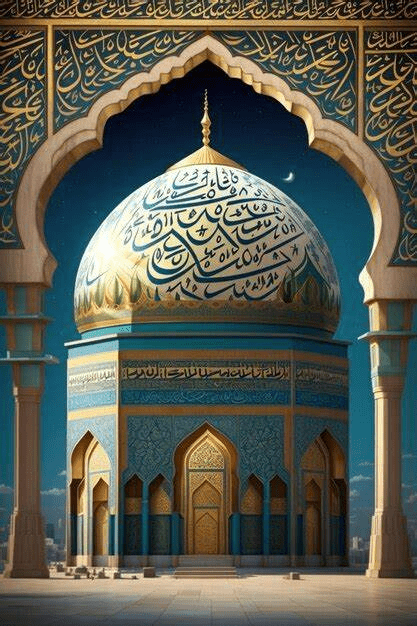Exploring the Rich History of Islamic Art
2 min read
Exploring the Rich History of Islamic Art
Exploring the Rich History of Islamic Art
art is a rich and diverse form of artistic expression that spans over a thousand years and encompasses a vast geographical area. From intricate geometric patterns to exquisite calligraphy, Islamic art reflects the cultural, religious, and intellectual history of the Muslim world.
Origins of Islamic Art
Islamic art originated in the 7th century CE with the rise of Islam in the Arabian Peninsula. Influenced by diverse cultures, including Byzantine, Persian, and Indian, Islamic art evolved into a distinct form characterized by its emphasis on geometric patterns, arabesques, and calligraphy.
Early Influences on Islamic Art
This led to the incorporation of motifs and techniques from various civilizations, resulting in a unique synthesis of styles.
The Role of Religion in Islamic Art
Religion plays a significant role in Islamic art, with many artworks serving religious purposes or reflecting Islamic beliefs and values.
Calligraphy is considered the highest form of art in Islam, as it embodies the beauty and power of the written word. Islamic calligraphy is characterized by its fluidity, elegance, and precision, with master calligraphers achieving remarkable levels of skill and creativity.
Architectural Marvels of Islamic Art
Islamic architecture is renowned for its grandeur, innovation, and attention to detail. From majestic mosques to intricate palaces, Islamic architecture reflects the spiritual and cultural aspirations of Muslim societies.
The Mosque: A Symbol of Islamic Architecture
The mosque is the most iconic architectural form in Islam, serving as a place of worship, community gathering, and spiritual reflection.
Features of Islamic Mosques
Islamic mosques feature a range of architectural elements designed to enhance the spiritual experience of worshippers. These include mihrabs (prayer niches), qiblas (directional indicators), and minbars (pulpits) adorned with intricate decorations and calligraphy.
The Diversity of Islamic Art
Islamic art is incredibly diverse, encompassing a wide range of artistic forms, styles, and traditions. From the vibrant colors of Persian miniature paintings to the intricate designs of Andalusian tilework, Islamic art reflects the cultural richness and creativity of the Muslim world.
Regional Variations in Islamic Art
Islamic art varies greatly across different regions, reflecting local traditions, influences, and historical contexts.
Regional Variations in Islamic Art
Islamic art varies greatly across different regions, reflecting local traditions, influences, and historical contexts.
Influential Islamic Art Movements
Throughout history, various Islamic art movements have emerged, each contributing to the rich tapestry of Islamic artistic expression. From the geometric designs of the Abbasid era to the intricate tilework of the Timurid period, these movements have left a lasting legacy on Islamic art




